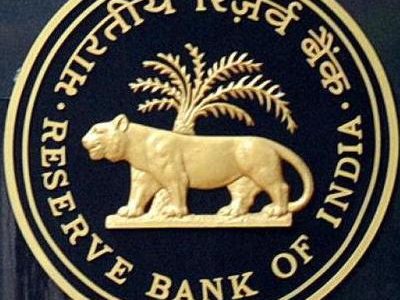The Real Estate Sector for a very long time in the country has been facing a slow down. With the advent of the new year, it is to be seen will there be a change?
By Varun Singh
It is pretty difficult to get to understand what is the main reason for the slow down in the Indian residential sector. Many do attribute it to the over pricing but that alone cannot be blamed as main accuse for the slow down.
If you see the past, one thing that even the topmost experts cannot deny is that there were lots of sales taking place, even then when the prices were too hight. Hence, blaming the over pricing as the culprit wouldn’t help us to get to the real problems. Yes the Indian housing market has been under strain for so long – at least in the sense that they are unaffordable. The very fact that prices have been falling has contributed to the lack of positive sentiment.
“Homeownership has always been and will continue to be a highly-cherished dream of most Indians but dreams alone do not sell homes. The question of why homes are not selling as quickly as they used to does not have a single answer – it is a matter of sentiment, and sentiment reacts to a number of factors,” said Anuj Puri, Chairman – ANAROCK Property Consultants.
According to a report by Anarock, the cost of acquisition has also increased because of the imposition of GST on under-construction homes, which were once favoured for their cost-effectiveness. Many developers are also willing to offer discounts or freebies to offset this burden.
However, people will only buy homes when:
- They perceive that they are getting true value for money
- They have the assurance that they are investing in an appreciating asset – not a depreciating one.
The belief that if developers reduce the prices, and in turn it shall boost demand, hasn’t been proved to be true in many instances. The reason could be, that when prices decrease, buyers cannot be sure whether they have bottomed out or will sink further. “If they do reduce further, they will have invested their money in an asset which is losing rather than gaining value. The added cost of GST on under-construction homes is, understandably, not perceived as a value-addition. After all, when one puts the same property on the resale market at some point, one cannot recover the GST cost because it is not applicable on secondary sales,” said the report.
If one sees the real estate industry closely then one will realize that even those who wanted to buy a house have put their purchase on hold, and all because the industry hasn’t been able to instill any confidence. “Confidence is a by-product of enough enabling factors working well in unison. It goes for a toss when aspiring buyers feel disempowered, financially insecure, intimidated, confused and angry when unscrupulous dealings come to light, and when they hear a constant dialogue about how buyers have been taken for a ride till now.”
RERA was meant to infuse some badly-needed confidence, but while it has managed to do so to some extent, its success in catalysing fresh housing demand has been rather patchy and inconsistent. RERA is by no means a done deal and is still finding its feet in some parts of the country, even as it faces outcry about dilutions in other parts.
Meanwhile, there is a constant barrage of news about massive layoffs in once very secure and even lucrative sectors like IT/ITeS and the automobile industry. Job security is at an all-time low – and when people are not sure about their jobs, cost-intensive home purchases are probably the last thing on their mind.
Given all these factors, of which many are outside the power of real estate developers to influence, it is impossible to say when housing demand will come back in force in 2020. Rather than giving a timeline, it is more appropriate to state the conditions required for full-scale demand to resurface:
- Non-volatile (not rock-bottom) property prices to bring back the perception of investing in an appreciating asset
- Further tax breaks and incentives for first-time homebuyers, including reduced GST on under-construction homes
- Steady increase in job security in all industries, as various cities have different economic drivers and all need to be doing well
- Final and non-negotiable imposition of a uniform RERA regime all over the country to induce a sense of confidence and empowerment
- A majority of the stuck projects on the market must get completed, so that existing buyers in these projects are released from their stress
- The formal implementation of the Model Tenancy Act which, among other things, will help bring back investor confidence
The last point is an important one. Real estate demand sufficient to seriously reduce the piled-up inventory across the country cannot come just from end-users. Investors have to get into the fray again. The peak years of the Indian housing sector involved a lot of investor activity.
“When will all these factors come together as a confluence? Hard to say. With determined and highly focused political will, it could happen in 2020, or the next 18 months. Without the required impetus, the pain can get prolonged indefinitely.”









